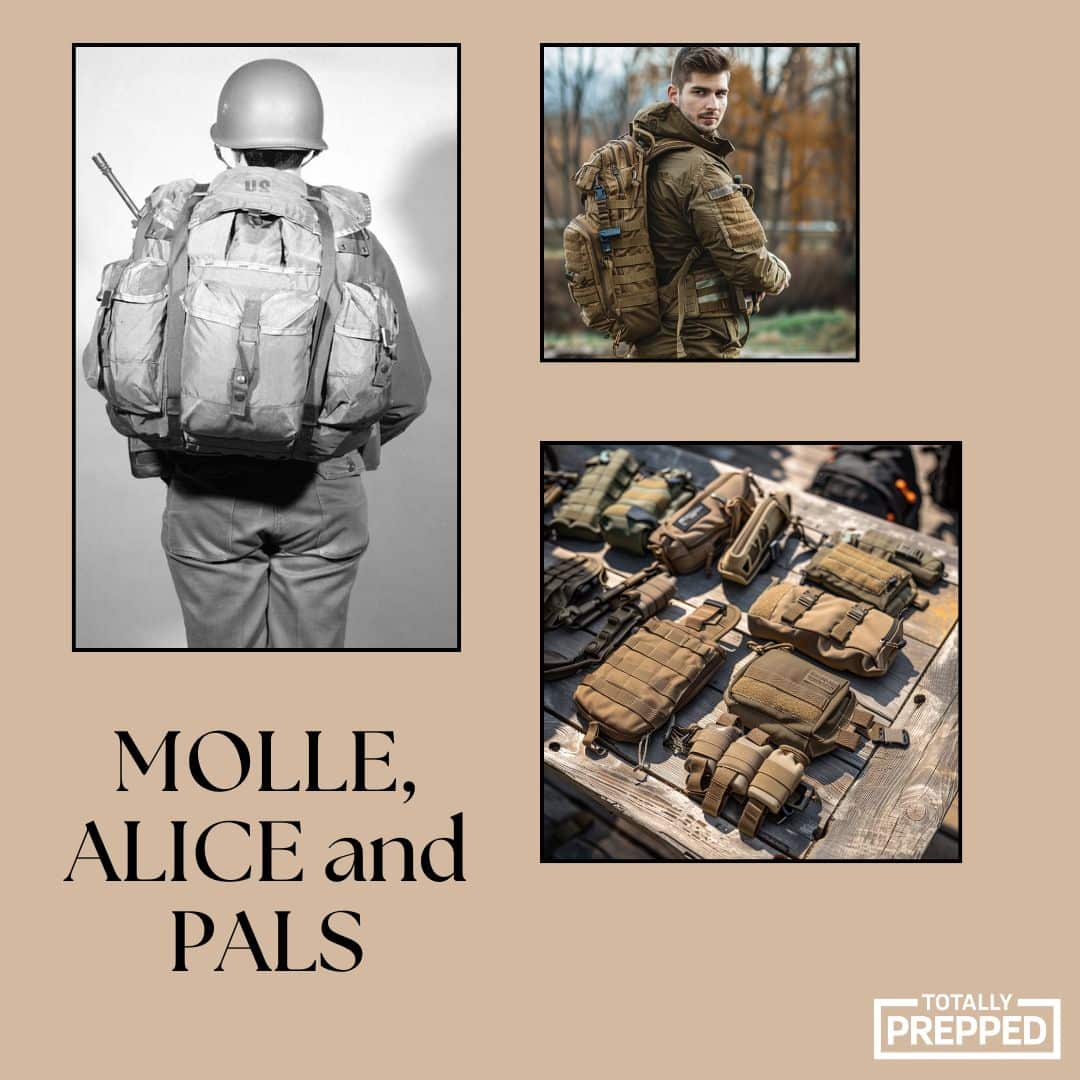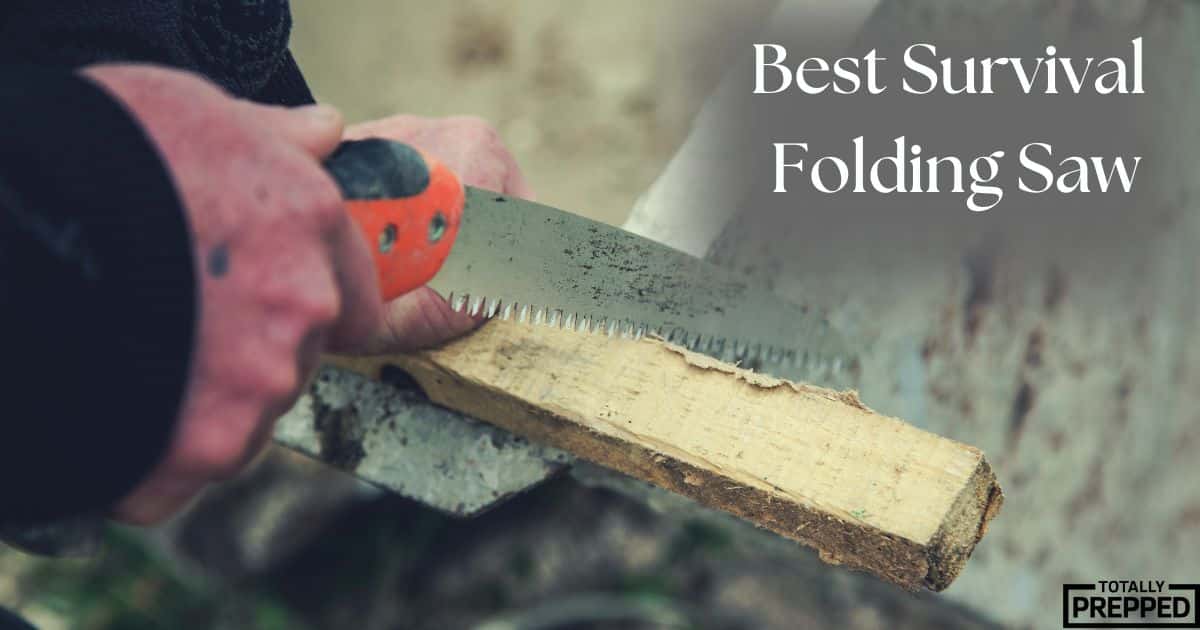Understanding the differences between MOLLE, ALICE, and PALS is essential for anyone involved in survival prepping or tactical operations, as these systems represent different approaches to load-carrying equipment.
MOLLE (Modular Lightweight Load-carrying Equipment), as previously discussed, is a modern system designed for adaptability and lightness. Its standout feature is the modular design, which allows users to attach and detach various pouches and equipment to a base item, like a backpack or vest, using a system of webbing. This webbing, made of rows of heavy-duty nylon stitched onto the gear, offers numerous attachment points. The flexibility of MOLLE is its primary advantage, enabling users to customize their loadout for specific tasks or environments.
ALICE (All-Purpose Lightweight Individual Carrying Equipment), the predecessor to MOLLE, was introduced by the United States military in the 1970s. ALICE focused on being lightweight and suitable for various purposes, a significant step forward at the time. It uses metal clips and webbing to attach gear, but its system is less flexible and customizable compared to MOLLE. ALICE packs are known for their durability and simplicity but lack the modularity and ease of customization found in MOLLE. This system often distributes weight less efficiently than MOLLE, which can lead to discomfort during extended use.
PALS (Pouch Attachment Ladder System) is actually a component of the MOLLE system, often mistaken as a separate entity. PALS is the grid of webbing (made of rows and columns of nylon) used in MOLLE systems for attaching various pouches and accessories. The design of PALS allows for a wide range of items to be attached securely and in many configurations. This system is what gives MOLLE its high level of modularity and customizability.
The transition from ALICE to MOLLE in military use reflected an evolution in combat and operational needs. While ALICE was groundbreaking in its time, the increasing complexity of military missions demanded more flexibility and better weight distribution, which MOLLE provided.
In survival prepping, this evolution is equally relevant. The adaptability of MOLLE, enabled by PALS, allows survivalists to tailor their gear more precisely to their needs, whether they are preparing for urban escape, wilderness survival, or disaster response. The modularity of MOLLE means that one can have a single set of base gear (like a vest or backpack) and numerous attachments that can be reconfigured as needed, offering both economic and practical advantages.
While ALICE was a pioneer in lightweight, versatile gear, MOLLE, enhanced by the PALS system, represents an advancement in terms of customization, weight distribution, and adaptability. This makes MOLLE a more suitable choice for the varied and often unpredictable needs of survival prepping.



